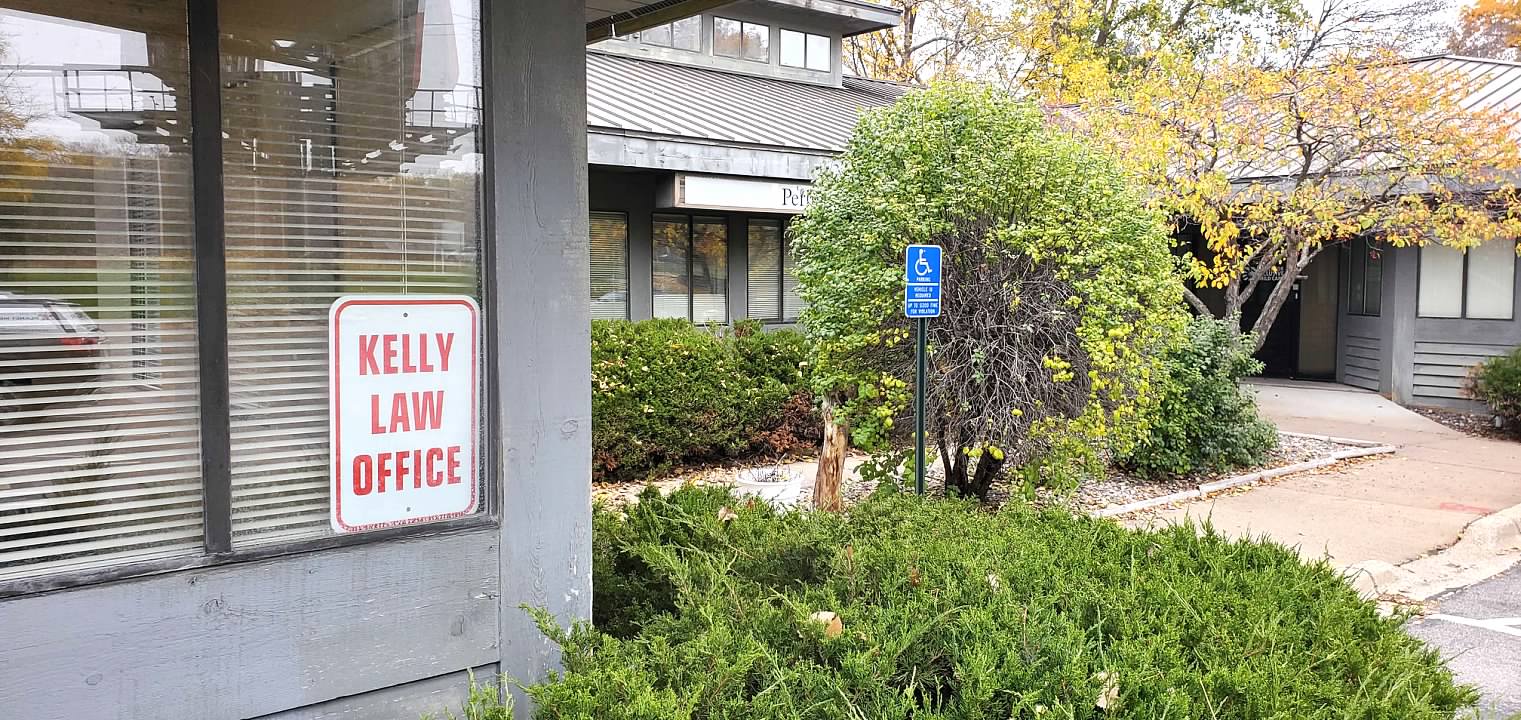If you’ve been reading my stuff, you know I’ve said this before. My clients are good people. Prior to giving up and deciding to come see me, they have tried just about everything and anything to avoid bankruptcy. Among the various desperate measures many have tried is the payday loan. What is a payday loan? It’s one of the worst, most despicable, predatory schemes ever devised by the greedy and clever.
How does a payday loan work? Well, it’s aimed of course at people who are employed and who as a result have a regularly scheduled payday. It can be done at a storefront or on a web site. These days most of the payday loans I see have been done on line. One starts by providing bank account information along with employment information. This includes the amount of a typical paycheck and when it is ordinarily received. One site I just looked at claims to be able to approve the loan within two minutes. Typically the amount will be about $500, but sometimes it can be more. The money will be deposited into the borrower’s checking account within a day or less.
The borrower doesn’t have to repay the loan until after his or her next paycheck is deposited into the checking account. What can be the harm? At about the time the pay check from the borrower’s job is deposited into his or her account, the whole loan is automatically repaid by an automatic withdrawal, with interest – lots of interest. One site I just reviewed states that the annual interest rate will run somewhere between 261% and 1304%. At first it doesn’t seem that bad. For example, at an annual rate of 300% the interest on a $500 loan over two weeks is “only” about $58.
The trouble is that once a person starts doing this, it can become very addictive. As soon as it’s been done it once, when payday comes there’s a big hole missing from the paycheck as soon as the automatic payment of the loan is made. So what’s the obvious temptation? Do another one, of course, to make up for the missing money. Pretty soon it’s not hard to start taking multiple payday loans from the multiple web sites that are available for this purpose. Then the extremely high interest, rate which didn’t look so bad at first, can really becoming quite a burden. It can become a treadmill of dependency on these loans. It can interfere with one’s ability to eat, pay rent or buy gasoline. Much like the psychology involved in the slot machines at a casino, somebody has figured out just exactly what is required to keep people coming back and paying in. Usually if I see one payday loan it means my client has been at it for a long time. It may only be one loan, one loan at a time that is. Sometimes it’s two or three or four at a time, enough to entirely consume each paycheck.
Even after my client has hired me to do a bankruptcy, and after I have advised the client that this is the point at which they should stop paying many of their debts, there is a tendency to assume that this advice somehow does not apply to the payday loan. It can be a surprise when I say, “it’s your account and it’s your bank and you can stop that automatic withdrawal any time you want” I have had a few clients leave my office in a rush to try to make it to the bank in time to stop the next withdrawal.
The StarTribune recently published a feature article about payday loans and one of the big businesses in Minnesota that makes them. According to the article the average interest rate customers in Minnesota pay for a payday loan is 277%. Sounds like theft to me, but Minnesota is among 36 states which allow it. If you find yourself going nowhere and losing ground on this payday loan treadmill, it’s probably time to call me for a free over the phone screening as to whether you qualify for a Chapter 7 or Chapter 13 bankruptcy.
This post is for general information purposes only, is not legal advice, and does not create an attorney-client relationship. Nothing on this site is intended to be a substitute for retaining a competent attorney. I am a debt relief agency. I help people file for relief under the federal bankruptcy code.







